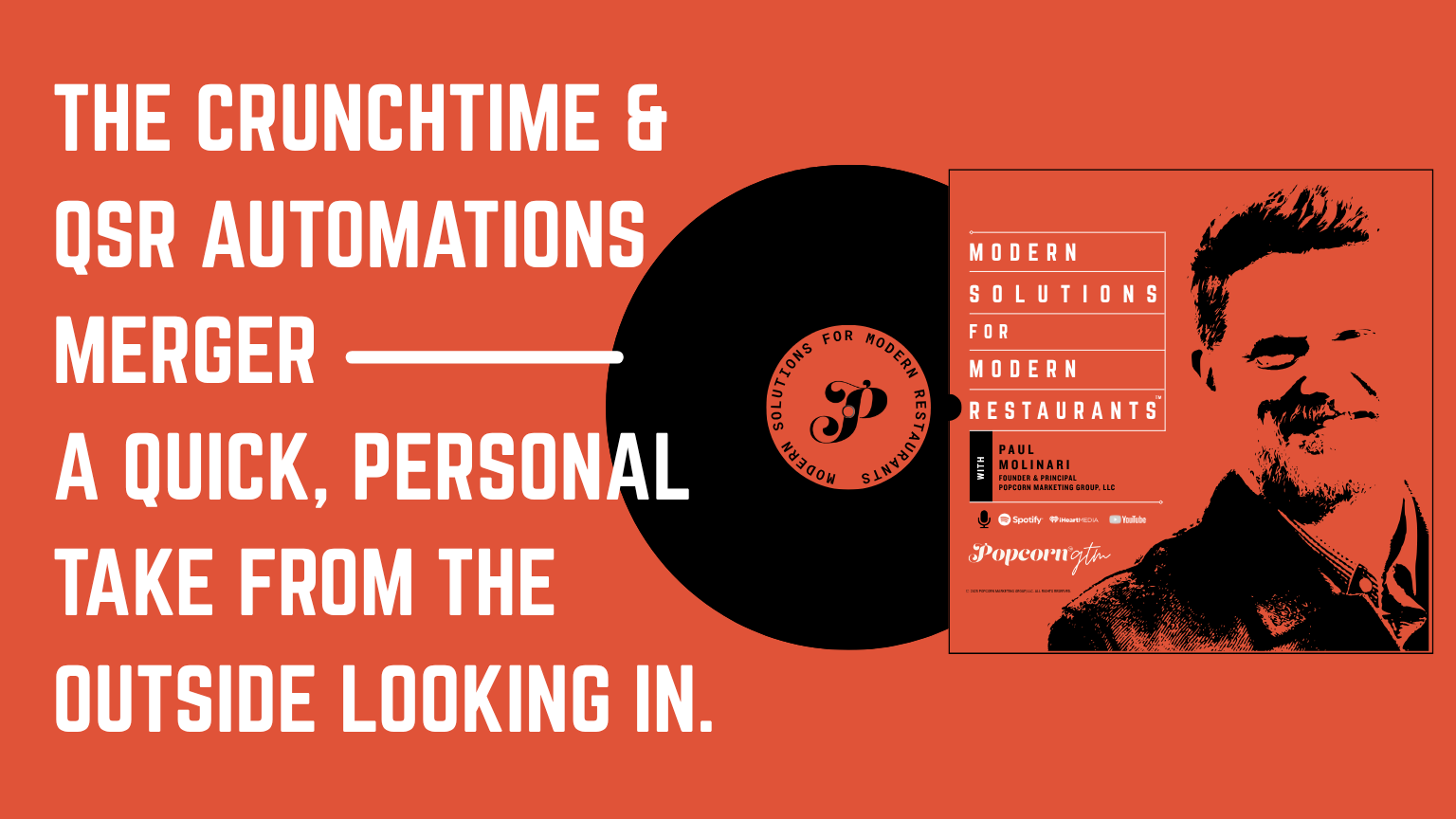When I joined CrunchTime in February 2013, we were a tight-knit crew of about 50 people navigating constant turnover and growing pains. The company was still in its bootstrapped phase, led by founder and CEO Bill Bellissimo, who often reminded us that we were building mission-critical technology in a time when, as he liked to say, “nobody was enthusiastic about putting their critical ops information on the internet.”
 CrunchTime—yes, with a capital “T” back then—was, in every sense, a perpetual startup. Resourceful. Scrappy. Committed to solving real problems for restaurants with a blend of humility and tenacity. We worked in a world where reliability and customer trust had to be earned week after week.
CrunchTime—yes, with a capital “T” back then—was, in every sense, a perpetual startup. Resourceful. Scrappy. Committed to solving real problems for restaurants with a blend of humility and tenacity. We worked in a world where reliability and customer trust had to be earned week after week.
A special shout-out to Bill Bellissimo, the visionary founder who had an idea, stuck to his convictions, and figured out how to bring order and efficiency to the restaurant back office long before the market was ready. His leadership set the foundation for everything that followed.
And we won. Especially from 2014 through 2019, when the brand really took off. It felt like we were landing three to four major enterprise wins a month. That run was electric—and it established CrunchTime as a force in the restaurant tech space.
Fast forward to 2025, and the newly announced merger between Crunchtime and QSR Automations is more than just a corporate event—it’s a milestone. One that feels like a logical culmination of the seeds we planted over a decade ago.
What’s changed:
Today, Crunchtime is backed by private equity -- Battery Ventures. It acquired Zenput in 2022 (I was gonzo by then—starting Popcorn, yay!) to expand its operational footprint, and now with QSR Automations, it’s pushing toward a truly unified restaurant management platform. With shared customers, complementary products, and the scale of 150,000+ locations, the merger makes strategic sense. This is a clear effort to control more of the operational tech stack—from kitchen display systems to inventory and labor.
How I feel?
-
Validated: It’s deeply rewarding to see the company evolve and remain central to the industry conversation. What we built then has legs.
-
Positive: The vision is expansive, the team has grown up, and the market clearly sees the value.
-
Cautious: Scale changes dynamics. The nimble, hyper-responsive culture we had might be harder to maintain. And yes, small things like changing the capitalization of “CrunchTime” to “Crunchtime” still catch my eye—new CEOs, new fingerprints.
Still, watching this merger from the outside, I don’t feel nostalgic—I feel optimistic. What we started back then was meant to grow up. And today, it is.
CrunchTime is and always will be a big part of my identity and how I came up in the restaurant tech space. It was extraordinarily hard, but incredibly rewarding. I’ll always cherish that time. And that experience—the wins, the setbacks, the lessons—deeply informs how I support clients in my current work at Popcorn GTM.





